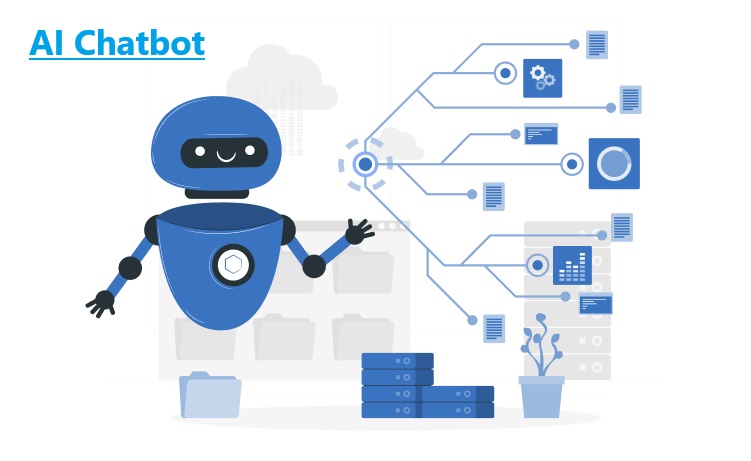AI Chatbot: Revolutionizing Customer Interaction in 2025
What is AI Chatbot?
A chatbot is software designed to simulate human conversation with users. While early chatbots relied on rigid, rule-based responses, modern versions increasingly use artificial intelligence (AI) and natural language processing (NLP) to understand user queries and respond in a natural, conversational way.
Generative AI Chatbots: The Next Generation
Generative AI chatbots are transforming the way businesses interact with customers:
- They understand complex questions, adjust to individual conversation styles, and respond empathetically.
- They can create original content, including text, images, and audio, using large language models (LLMs).
- By leveraging company knowledge bases, they can generate answers for a wide range of queries without manual programming.
- These chatbots learn automatically from past interactions, improving their responses and conversation flow over time.
Industry Insight: 85% of business executives expect generative AI to directly interact with customers within the next two years (IBV study).
How AI Chatbots Work
- Traditional Chatbots: Follow predefined rules or FAQs. Users must select keywords to get answers.
- AI Chatbots: Use NLU (Natural Language Understanding) to interpret free-text input, identify user intent, and generate relevant responses.
- Virtual Agents: Combine conversational AI with robotic process automation (RPA) to act directly on user requests without human intervention.
Example:
- Traditional chatbot: “Tell me the weather.” → “It will rain.”
- AI chatbot: “What’s tomorrow’s weather lookin’ like?” → “It will rain.”
- Virtual agent: Same question → “It will rain; I’ll set an earlier alarm for your morning commute.”
Common Uses of Chatbots
- Customer Service: 24/7 assistance, instant responses, and reduced wait times.
- Sales and Marketing: Lead generation, product guidance, and personalized recommendations.
- Human Resources & IT: Employee self-service, form automation, and appointment scheduling.
- E-Commerce: Real-time product support and multistep purchase guidance.
When paired with automation tools, chatbots can handle complex workflows and even transfer unresolved queries to human agents seamlessly.
Benefits of Chatbots
- Enhanced Customer Engagement
- Immediate responses around the clock improve satisfaction and brand loyalty.
- Cost Efficiency
- Reduces the need for large support teams while handling high query volumes.
- Lead Generation and Sales Support
- Answers questions in real-time and helps guide users through purchase decisions.
- Scalability and Flexibility
- Can integrate with existing apps, CRMs, and messaging platforms for a seamless experience.
Risks and Limitations
- Data Security: Sensitive information can be exposed if not properly managed.
- Accuracy Concerns: Generative AI chatbots may provide incorrect or misleading answers.
- Regulatory Compliance: Organizations must ensure adherence to privacy and data protection laws.
Choosing the Right Chatbot
- Align the chatbot with immediate business needs and long-term growth.
- Ensure AI enhances customer experience and brand perception.
- Consider training, data quality, and content updates over time.
- Integrate with existing systems and workflows.
- Verify deployment, scalability, and security requirements, especially in regulated industries.
Final Thoughts
AI chatbots are no longer just tools for automating FAQs. They offer intelligent, personalized, and scalable interactions that improve customer satisfaction, reduce operational costs, and drive business growth. The rise of generative AI and virtual agents is enabling organizations to deliver human-like experiences while automating complex tasks, setting a new standard for digital engagement in 2025.
Mastering Excel Formulas
Excel formulas are essential tools for efficient data management and analysis. These powerful functions enable users to perform complex calculations, automate repetitive tasks, and analyze large datasets with ease. From basic formulas like SUM and AVERAGE to advanced functions such as VLOOKUP and IF statements, mastering Excel formulas can significantly enhance productivity. Whether you’re working on financial models, data reports, or personal budgeting, understanding how to apply and customize these formulas will help you get accurate results and make informed decisions. Investing time in learning Excel formulas will streamline your workflow and improve your overall efficiency.






[…] design an AI Chatbot as a sophisticated software program to simulate human conversation through artificial […]